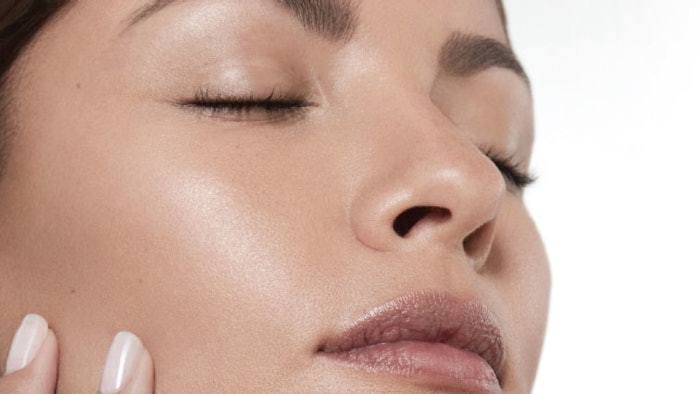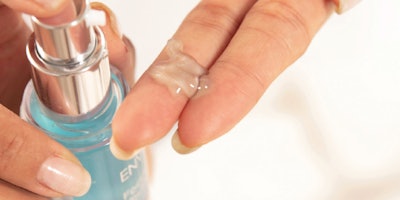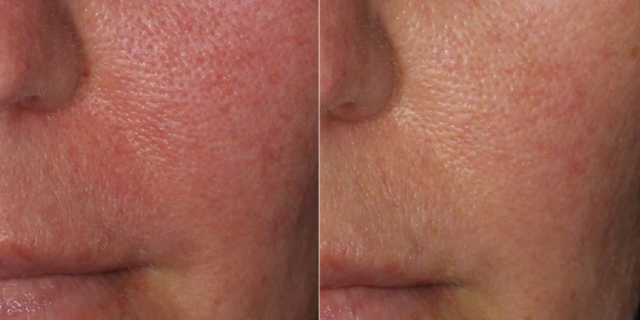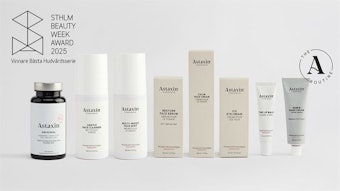
There are four major skin sins that should be avoided at all costs: smoking, sugar, sun and stress. Now, one of these major sins can be a little bit harder to manage than the rest. When it comes to stress and the skin, it’s not as simple as a meditation a day keeps the stress away (even though it can help). There are many factors ranging from environmental pollutants to poor sleep that can be a major factor in skin stress.
Just like there can be a variety of causes of stress to the skin and body, there can also be a variety of ways it impacts the skin. Stress breakouts are a very real thing, attributed to the increased amount of sweat the body produces when stressed out. On top of that, prolonged exposure to high concentrations of cortisol, the stress hormone, has been shown to threaten skin barrier function, which can result in a dull, fatigued appearance as well as signs of aging like fine lines, wrinkles and loss of elasticity.
“The sympathetic nervous system responds to stress, leading to an increase in inflammatory cytokines that can cause a reactive skin that is easily sensitized and may appear red, similar to blushing when embarrassed. Oxidative stress is the end stage of free radical damage and can lead to cellular membrane and mitochondrial damage, decreased cellular health, and ultimate cellular senescence,” explains Candace Noonan, Director of Education for DermaConcepts. She continues to elaborate on how unhealthy cells are then unable to perform optimally, which can ultimately lead to various skin conditions.
At the end of the day, stress is unavoidable to a degree, but that does not mean that our skin is doomed. Specific ingredients and products, like DermaConcept’s Environ Focus Care Youth+ Seriénce Night Serum, can be incorporated into the treatment room and client’s home care regimens to target the negative long-term effects of stress on the skin.
The Many Faces of Stress

“Simple metabolic processes within the skin can cause free radical damage, if not kept in check by a brigade of readily available antioxidants within the skin and systems. But more recently, neuroscience has confirmed a fascinating concept we have already been aware of: the brain-body connection. And, even more specifically: the brain-skin connection! When we stress, our skin’s keratinocytes release cortisol, a stress hormone!” says Noonan.
It was these advances in neuroscience that in-part led to the concept and creation behind the Environ Focus Care Youth+ Seriénce Night Serum. This serum helps to address those signs of fatigue and aging caused by cortisol and reveal the appearance of serene, luminous and youthful-looking skin.
The Topical Approach
One of the key attributers to this break-through formula in the Seriénce Night Serum is the Malachite-neuropeptide complex. This complex has been scientifically proven to boost the effects of skin immunity and defense, counteract long-term effects of stress hormones, improve the signs of stress-inducing aging and reboot the benefits of vital skin connections. But this isn’t the only star ingredient used in this formula, and it’s not the only ingredient that can help with skin stress.
Noonan etches out a few different ingredients that can make a huge impact on healthy skin appearance, when it comes to stress, ranging from vitamin A to Neurophroline (a plant native to India).
The specified ingredients in the Key Ingredients to Topically Reduce Stress Sidebar, can all be found in the Seriénce Night Serum, and for good reason. This combination of ingredients works to take on and help improve the negative effects of stress on the skin.

Sit Back and Relax
While stress may be unavoidable, it is very far from untreatable.
“As professionals, we believe that the power of touch can be a valuable tool in helping our clients achieve the optimal look and feel of skin health and overall well-being. We know that the act of massage can activate slow nerve fibers and potentially reduce the effects of stress hormone levels. By combining this with carefully selected ingredients for the benefits of stress-reduction, we strive to provide an enhanced experience that supports our clients’ skin appearance and overall well-being,” shares Noonan.
Key Ingredients to Topically Reduce Stress:
- Vitamin A. Supports healthy-looking skin, reduces the effects of stress
- Antioxidants. Reduce the effects of free radicals
- Malachite-Neuropeptide Complex. Improves the appearance of expression lines, enhances luminosity and radiance
- Neurophroline. Used in Ayurvedic tradition, breaks down the effects of cortisol production
- Argireline. All-in-one peptide, targets the effects of fatigue and post expression muscle relaxation
- Matrixyl Morphomics. Smooths the appearance of frown lines, marionette lines, nasolabial folds and crow’s feet; re-establishes the benefits of vital skin connections, rebuilds the effects of an optimally functioning network
Learn more about Environ’s treatments and products at dermaconcepts.com.
The latest trial shows Environ’s Seriénce™ Night Serum significantly improves the appearance of redness, a known and common inflammatory response to stress and high concentrations of cortisol.
Disclaimer:
The above paid-for content was produced by and posted on behalf of the Sponsor. Content provided is generated solely by the Sponsor or its affiliates, and it is the Sponsor’s responsibility for the accuracy, completeness and validity of all information included. Skin Inc. takes steps to ensure that you will not confuse sponsored content with content produced by Skin Inc. and governed by its editorial policy.










